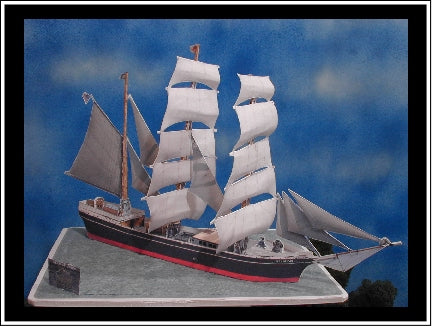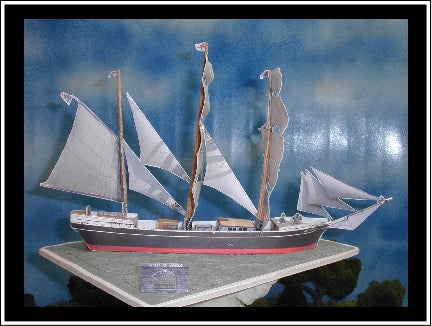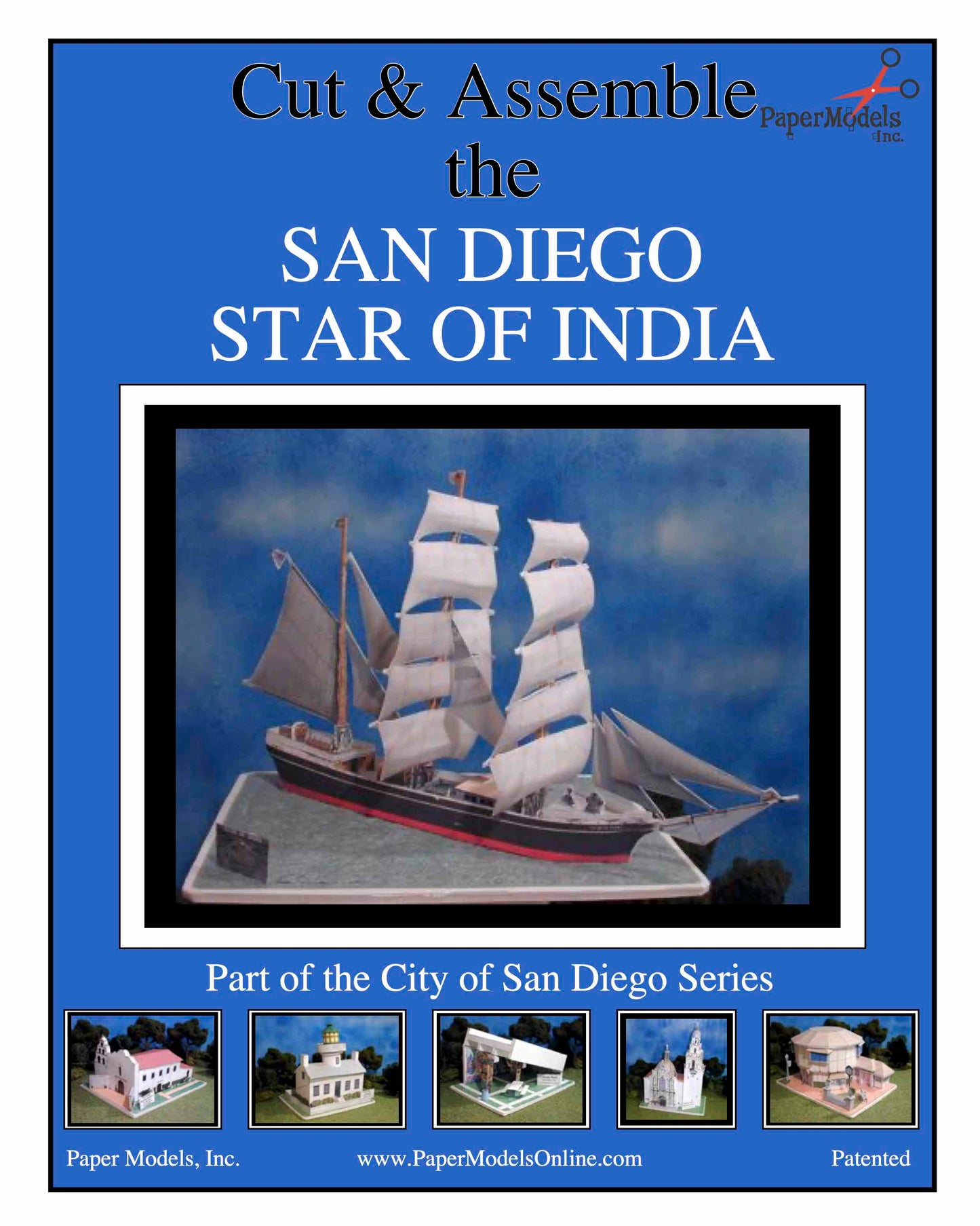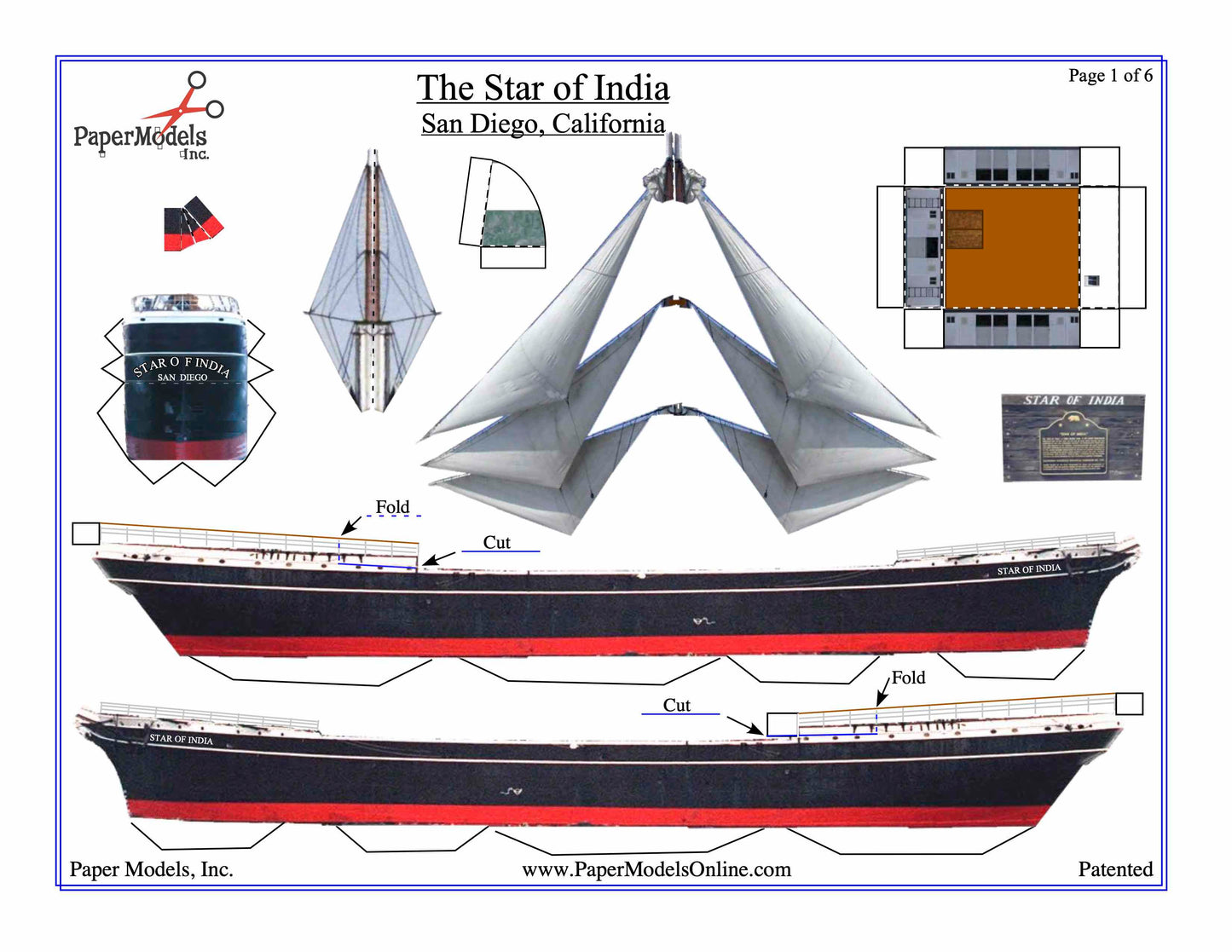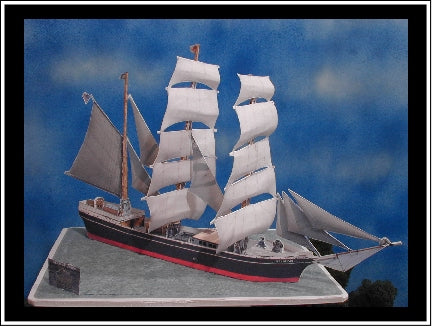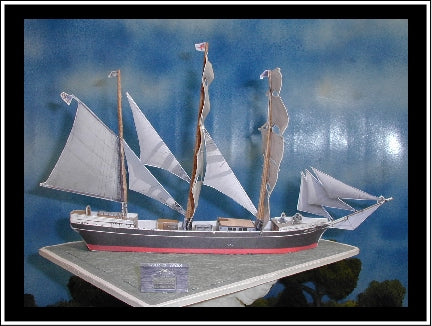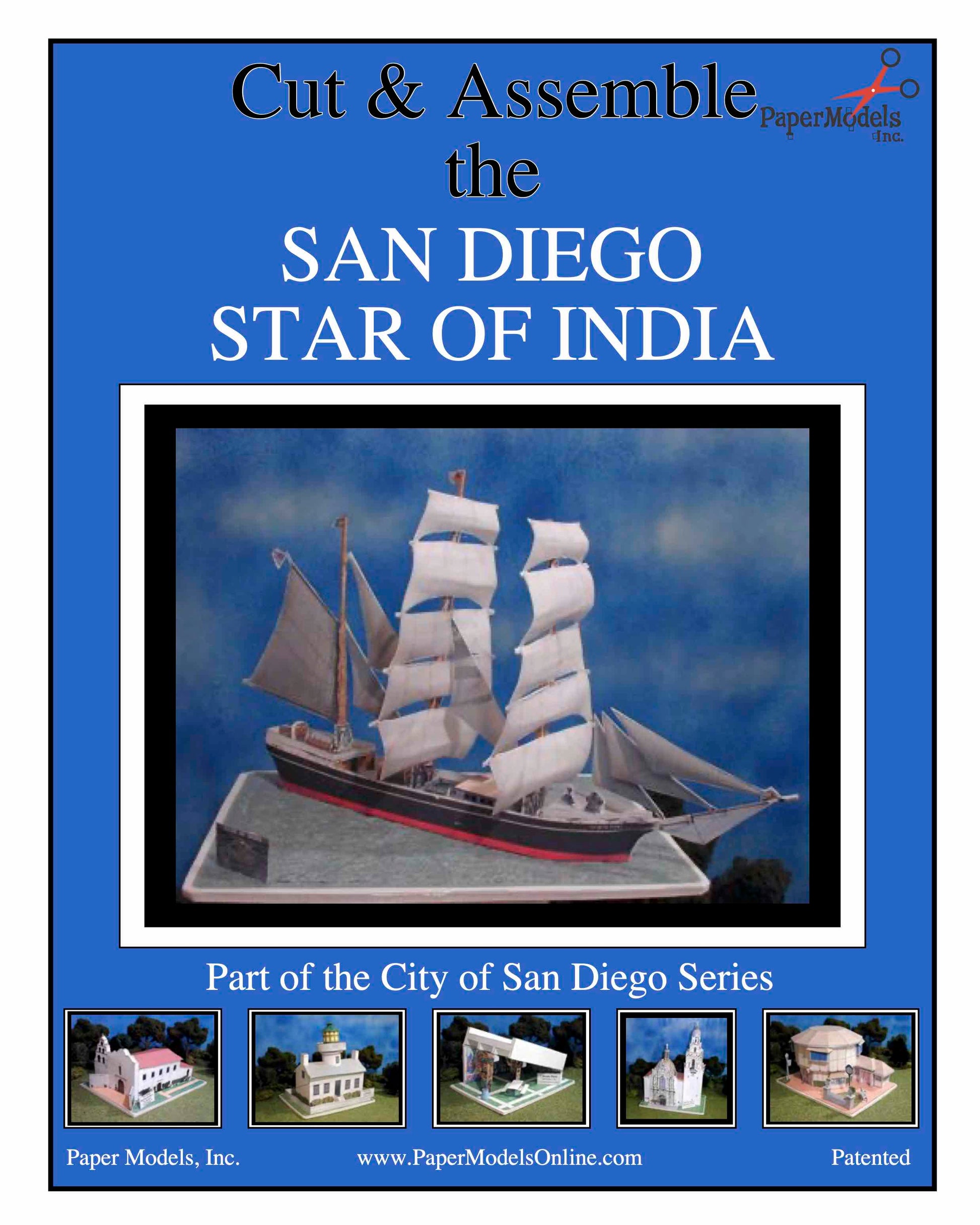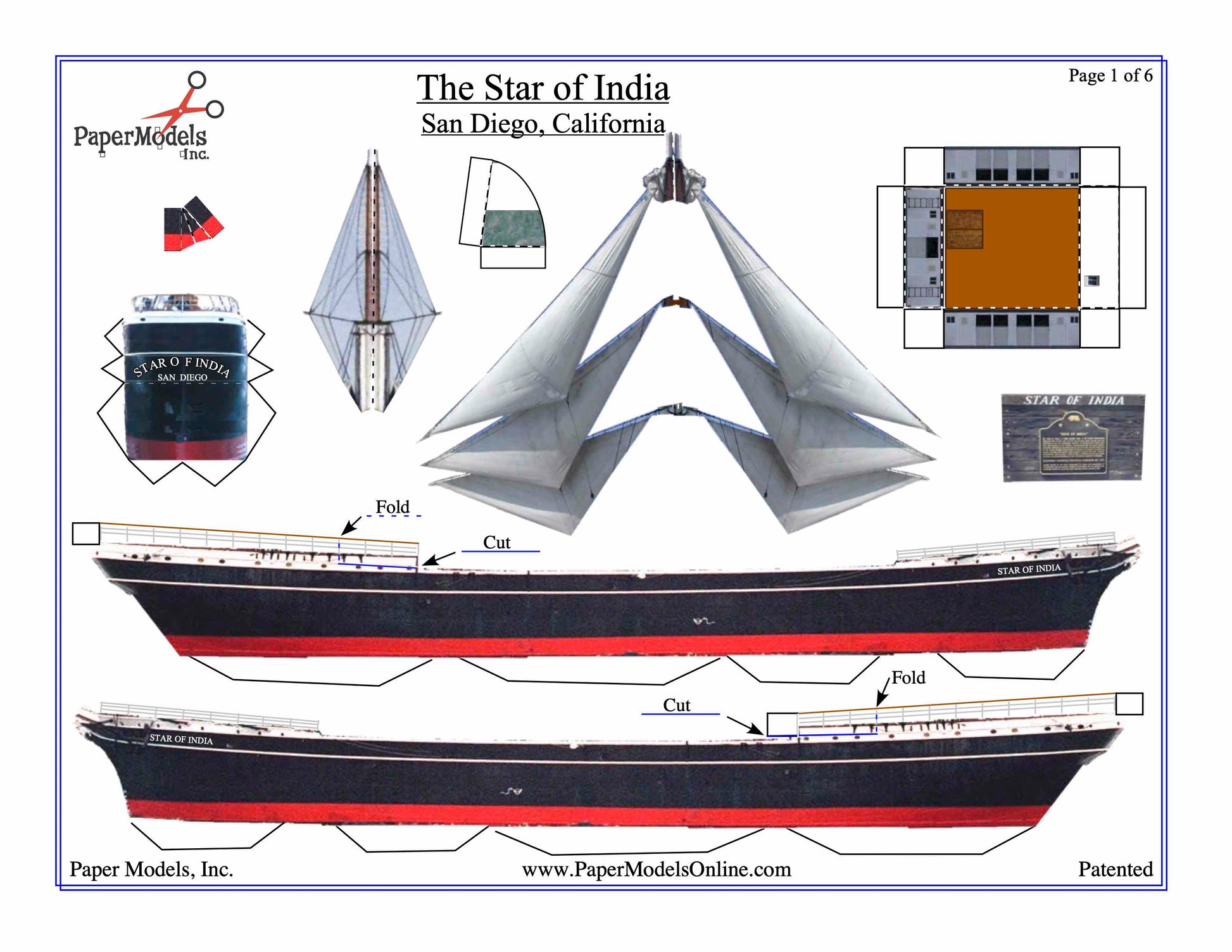Star Of India - San Diego - Photorealistic - Paper Model Project Kit
Star Of India - San Diego - Photorealistic - Paper Model Project Kit
Couldn't load pickup availability
🌟 Welcome to Paper Models Online – Your Shortcut to Academic Excellence! 🌟
Are you tired of stressing over last-minute school projects? Look no further! Paper Models Online is here to make your academic life a breeze.
🚀 Why Choose Us?
At Paper Models Online, we understand the pressure of looming deadlines and the desire for that coveted "A" grade. That's why we've crafted the perfect solution for you! Whether you're a student aiming for extra credit, a parent looking for quality time with your kids, or just someone in need of a break from the chaos, our paper models are your ticket to success!
💻 Instant PDF Download OR Pre-Printed & Shipped
You're in control! Choose from our instant PDF download, starting at just $9.95 for the 7"x10" size or $11.95 for the 10"x13" size.
Print it on your home or office printer using regular paper, or opt for the hassle-free pre-printed option. We'll ship it directly to your doorstep for a flat $5 fee via USPS First-Class Parcel, ensuring you get it in 1-3 days!
✂️ Easy Assembly, Maximum Impact
With just a pair of scissors, some glue, and an hour of your time, you can turn these paper sheets into stunning three-dimensional architectural replicas or complete science projects. The images on our website are real models made from our kits, and we even provide a history to help you craft an impressive report.
🎨 Unleash Your Creativity
Not into mission kits? No worries! Our models double as templates for your creative genius. Paint, trace, adjust sizes—your imagination is the only limit! Create a custom masterpiece that reflects your unique style and personality.
🛒 The Buying Process Made Simple
- Choose Your Size: 7"x10" or 10"x13"
- Choose Your Delivery: Instant PDF download or pre-printed and shipped
- Purchase Your Model: It's that easy!
he images in this site are of the actual models made from these kits! We even include a history of your project to write that report!
The Buying Process

📦 Typical Kit Sample
Each kit includes 8 to 18 pages, providing everything you need to bring the model to life. An "exploded view" guides you through assembly, and a complimentary history adds that extra touch for your report. Impress your teacher not just with creativity but also with your research skills!
Don't let deadlines stress you out. Choose Paper Models Online for your next school project, and let us be Your Best Way To Get An "A"! 🌟
 |
 |
 |
| Exploded View | Sample Pieces | Finished Model |
Free History For Your Report
The Star of India San Diego, California History
The Star of India is the world's oldest ship still able to go to sea. She began her life on the stocks at ICONS, INC. Ramsey Shipyard in the Isle of Man in 1863. Iron ships were experiments of sorts then, with most vessels still being built of wood. Within five months of her keel laying, the ship was launched into her element. She bore the name Euterpe, after the Greek goddess of music.
Euterpe was a full-rigged ship and would remain so until 1901, when the Alaska Packers Association rigged her down to a barque, her present rig. She began her sailing life with two near-disastrous voyages to India. On her first trip she suffered a collision and a mutiny. On her second trip, a cyclone caught Euterpe in the Bay of Bengal, and with her topmasts cut away, she barely made port. Shortly afterward, her first captain died on board and was buried at sea.
After such a hard luck beginning, Euterpe settled down and made four more voyages to India as a cargo ship. In 1871 she was purchased by the Shaw Savill line of London and embarked on a quarter century of hauling emigrants to New Zealand, sometimes also touching Australia, California and Chile. She made 21 circumnavigations in this service, some of them lasting up to a year. It was rugged voyaging, with the little iron ship battling through terrific gales, "labouring and rolling in a most distressing manner," according to her log.
The life aboard was especially hard on the emigrants [who were] cooped up most of the time in her 'tween deck, fed a diet of hardtack and salt junk, subject to maldemer and a host of other ills. It is astonishing that their death rate was so low. They were a tough lot, however, drawn from the working classes of England, Ireland and Scotland, and most went on to prosper in New Zealand.
As for the Euterpe, she was sold to American owners in 1898, and in 1902, commenced sailing from Oakland, California to the Bering Sea each spring with a load of fishermen, cannery hands, box shook and tin plate. She returned each fall laden with canned salmon. This went on until 1923, when she was laid up by her owners, the Ala-ska Packers. The Packers had changed her name in 1906, dubbing her Star of India in keeping with their company practice.
By 1923, steam ruled the seas. Sailing ships were obsolete and scores were laid up in ports, including the Star of India. What saved this particular ship from the knacker's torch was a determined band of San Diegans, led by reporter Jerry MacMullen. They scraped up $9,000 to buy the Star in 1926, and the following year she was brought here under tow. For the next three decades, however, the Star languished; the depression and World War II delay-ed her restoration to her days of glory. She began to assume an increasingly tattered [appearance], with weepers of rust running down her sides and Irish pennants fluttering gloomily in her rigging.
In 1957, Captain Alan Villiers, a famous windjammer skipper and author, came to San Diego on a lecture tour. He took one look at the dilapidated Star and delivered a broadside to the local press, lambasting the citizenry for doing nothing to save this gallant ship. Things got better after that. Slowly, the nickels and dimes trickling in turned to dollars. Skilled workmen along the waterfront volunteered their services, and the silence of decay aboard the Star was replaced by the cheerful sound of hammers and saws, and showers of sparks from welding torches.
Finally, in 1976, the fully restored Star of India put to sea for the first time in fifty years, under the command of Captain Carl Bowman. She sailed beautifully that day, to the applause of half a million of her fans, ashore and afloat. Since then, the Star of India has gone to sea on numerous special occasions. She has been called the foremost symbol of San Diego, for ships like her were the original sinews of our city's progress. Yet she is more than that - she is the essence of a vanished age, a glorious time when men and women voyaged under towers of masts and clouds of canvas. Copyright San Diego Maritime Museum.
© Copyright – Paper Models, Inc. – All Rights Reserved
Share
